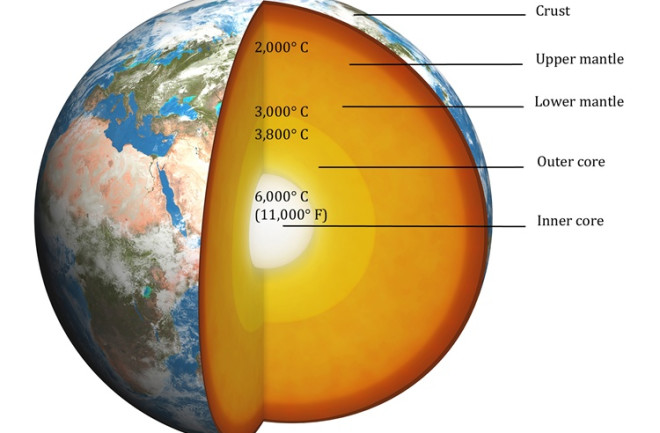

Originally Posted by
khat17

Still waiting on more details on this. Been a bit on the sick side - flu - and recovering. Not as active as a result especially when you still have work to do.
Apologies, I have been gone for a while. Everyone's time is precious. I assume that by now you have made a full recovery.
To explain this question, I think for "understanding sake" I should explain the difference with air, water, and earth, and why physical processes can differ among them, and thus why, the same explanation can't be used as the main cause for each heat flow.
Air is a mixture of gases. It expands easer relative to the others and mixes easier as well.
Mixing is done by diffusion (Brownian Motion) and convection currents.
There is still some degree of separation of gas, at a far away perspective, a sort of equilibrium of concentrations due to density of molecules and gravity separation. For example, a methane layer is formed. Methane rises because of its low density. It also gets dispersed by Brownian Motion (diffusion) and wind currents. A balance is formed.
Sea Water does not expand as much as air. Currents mix it similar to to air as well as diffusion. Some Electrolytes are highly soluble causing a more homogenous mix. On a "per molecule density level", it is mixed more homogeneously that in earth.
Earth (heavy elements and compounds) is more separable due to gravity. Diffusion is the least. Layers in the earth are more separated by a per molecule density. Currents still cause mixing. Earth is most opaque to radiation of the three. Earth molecules have more energy levels. Basically the elemental atoms have more transitional energy levels for the electrons, and more degrees of freedom for the molecules.
It absorbs and re radiates more radiation especially in infra red range.
All increase in pressure with increased depth.
Different physical processes dominate in air, water and earth.
For example, at the bottom of the Marianna Trench, it is cold. Yes there are currents in the sea and warmer water can reach into the trench due to shape of ground, etc. However, 'generally' it is cold. This is because currents mix/move the temperature. Hot water rises, and cold water sinks. Very slight expansion of water by warming thus atmospheric physics does not apply here. Secondly less sunlight reaches the bottom than the top. Sea is still translucent relatively to earth and has colloidal particles. Particles absorb more sunlight that the water. Particles way down would receive very little thus the colder temperature. Note sea is more uniform relative to earth.
Now why is the center of the earth so hot:
Think of packets of energy and how much different ways you can pack such packets in a molecule.
Solids of one type of element generally have less degrees of freedom or ways of storing packets of energy, relative to the same element in a gaseous form. Solids have "molecular attraction" which limits the energy in the form of potential energy. Gases are above this limit. Different energy packings for different the states of matter.
The more down the periodic table, generally the more opaque to light. Especially heavier elements/compounds by atomic number. This is because they have many more electrons, and which corelates to having more ways to pack packets of energy. Consider the opaqueness as to a way in which solids absorb/interact/emit more frequencies of radiation, especially in infra red.[1 mark]
Molten earth (heavy element and compounds) also follow a density distribution. Usually one of the lighter compound, silica, comes up to the surface of the Earth. You can expect heavy compounds and elements to be down in the planet's core. Like Iron, Silver, Gold and Lead. Gold, silver and lead is relatively rare. It is believed that earth has an iron core [1 mark]
Solar radiation hits the earth's surface (Air and water are more transparent to light and this may be related to the degrees of freedom or energy levels changes being small and narrowband relative to heavy elements) High energy XRays and other radiation are absorbed by the heavy elements and compounds. When surface earth is heated it is re-radiated (in all direction) in lower infrared. The inner heavier erth is more opaque to that radiation and obsorbs it and has a broader band of absorption. The effect increases as you go down. However the Earth rotates and outer layyer are not always in the sun and radiatte (up and down) and cool. It will not be as opque as the core, thus will not be so much heasted by the core. Equilibrium is reach with the inner core being hot mostly because it is truly opaque and absorves. An anology would be a black ball core nested in a giant glass casing and place in the sun
Let's act on what we agree on now, and argue later on what we don't.
Black men leave Barbeque alone if Barbeque don't trouble you




 Reply With Quote
Reply With Quote .
.



